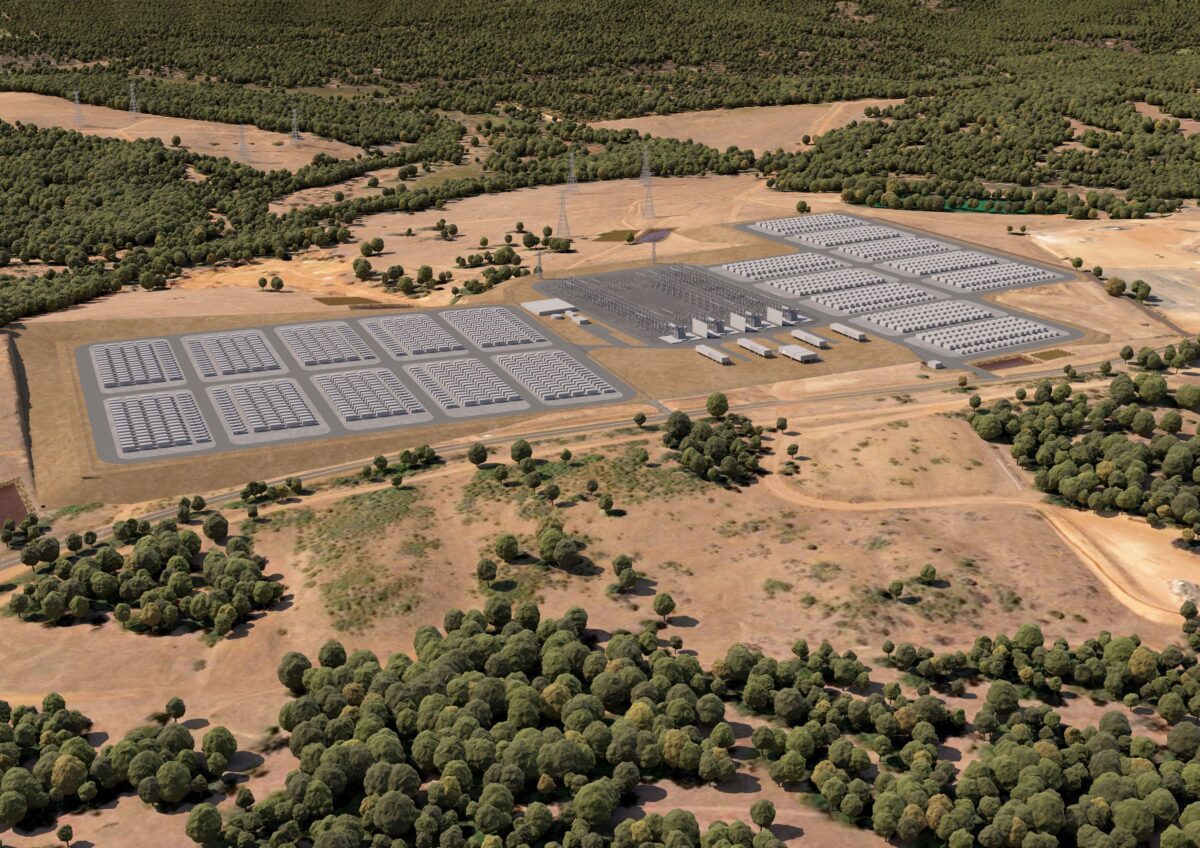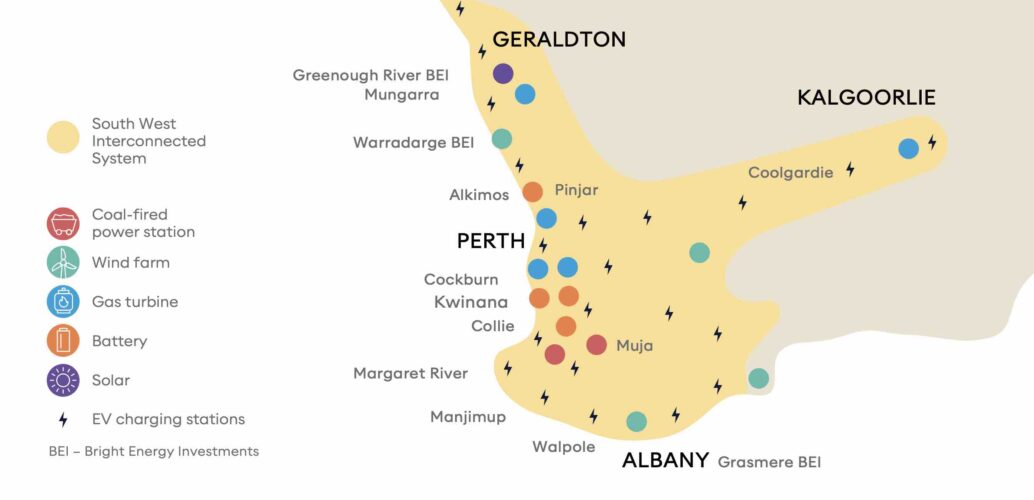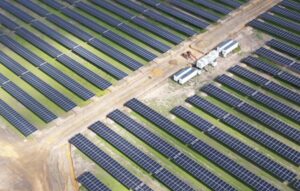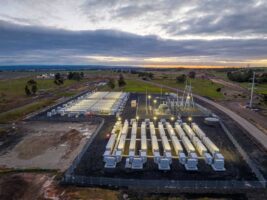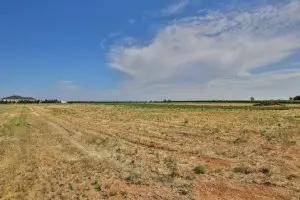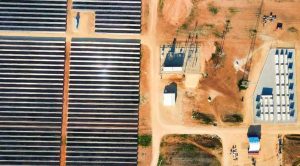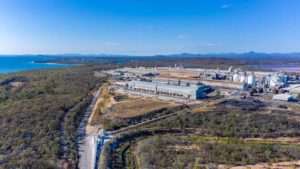The Western Australian government owned utility Synergy has slumped to a net loss of $732.6 million in the 2023/23 financial year, undone by more than $770 million of “onerous contracts”, mostly related to thermal generation such as gas and coal.
The result follows a net loss of $429 million the previous year, and would have been a small loss of just $6.3 million were it not for the cost of the onerous contracts.
Synergy, which is both a generator and the state’s major energy retailer, finds itself at the forefront of the government’s rapid push to green energy, driven partly by the realisation that coal and gas are both costly and dirty, and the push by big business to source green energy to sell their products in international markets.
The state recently did a long term demand forecast that predicted more than 50GW of new wind, solar and storage will be needed by new green industries and the switch to electrification.
Right now, it is grappling with the challenge of managing the soaring growth of rooftop solar, the installation of new batteries, and the closure of its ageing coal fleet.
Another impact of the onerous contracts is to cause a net asset” deficiency”, although Synergy’s annual report – tabled last week – says there will be no impact to the group’s short-term liquidity position or its ability to pay its debts as and when they fall due for payment.
“Net assets are expected to return positive in 2024 supported by additional government equity contributions of $1.6 billion from the State Government of Western Australia for wind generation and battery storage projects.
Synergy plans to install 410 MW of new renewable generation and 1,100 MW of new four hour storage (4,400 megawatt hours of storage).
It has already completed its first big battery on the local grid, known as the South-West Interconnected System, a 100 MW, two hour (200MWh) facility at Kwinana, which this week played a critical role in maintaining grid security as rooftop solar hit new peaks of 76 per cent of generation.
It is also building two huge new batteries – 200MW and 800MWh at Kwinana and 500MW and 2000MWh at Collie. Others are planned, and Neoen and Alinta are also building big batteries at Collier and Wagerup.
Synergy, which supplies power to more than 1 million households and more than 100,000 business customers, currently sources just 12 per cent of its total generation from renewables, but this will change rapidly as it makes the switch from coal,
The Collie coal power station is scheduled for closure in late-2027 and the Muja coal-fired power station is scheduled for closure in late-2029.
The fossil fuel assets proved problematic in the past year, with capacity factors at its coal plans running at just 67.9 per cent, below the target of 74.2 per cent, and the company was forced to ship in 100,000 tonnes of coal because of shortfalls at local mines.
Its Kwinana 3 gas turbine had an unplanned outage due to a high-pressure compressor casing failure, which which required a supercore (gas turbine engine) changeout, and the Cockburn steam Tturbine needed an outage to undertake major works, including the installation of a newly manufactured steam turbine rotor.
However, an internal inspection of the gas-fired steam turbine discovered significant impact damage
on the first row of blades, and more than doubled the employee/contractor hours and resources required.
The retail price of electricity remains heavily subsidised in Western Australia, and Synergy received $420 million from the state government to provide consumers with a $400 electricity credit to deflect the soaring cost of gas and coal power over the past year.
“This year has been one of transition for Synergy,” CEO David Fyfe wrote in the annual report.
“In early 2022, we evolved our corporate strategy, charting a new course for a more sustainable Western Australia.
“The updated strategy takes into account what is changing externally and sets out our strategic ambition beyond 2030. It outlines our core plan, which will see us replace our coal-fired power stations with renewable energy generation and storage.”

